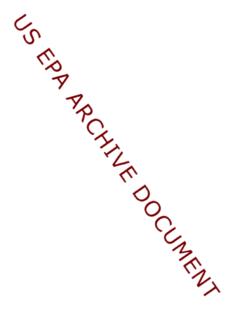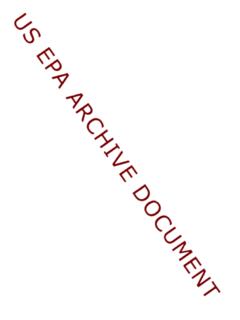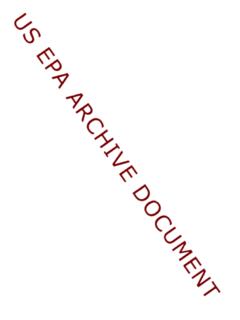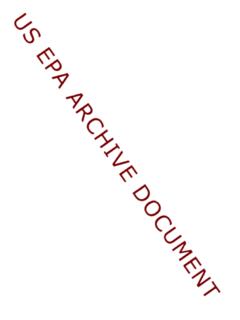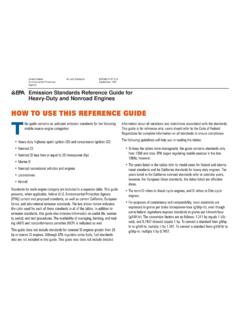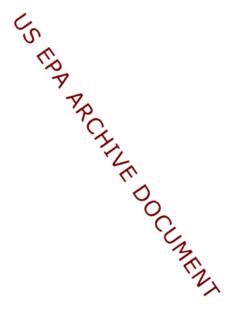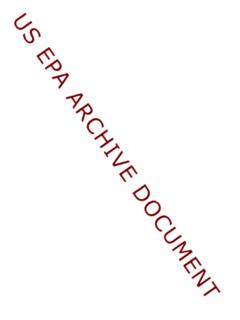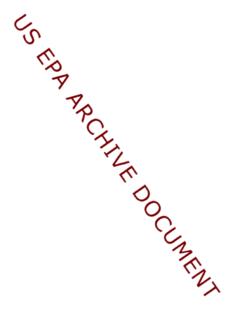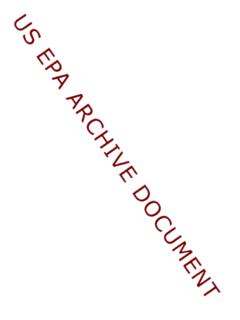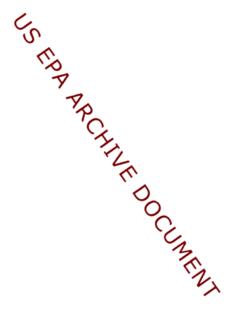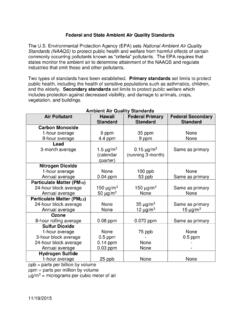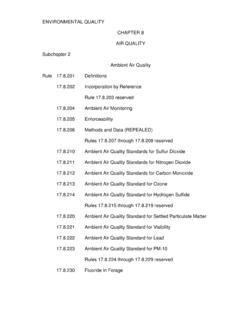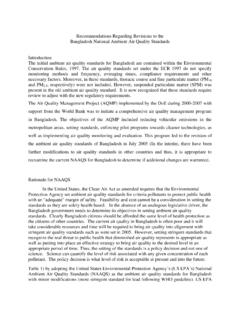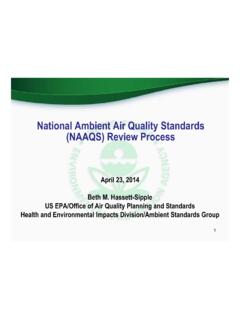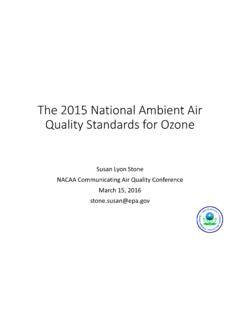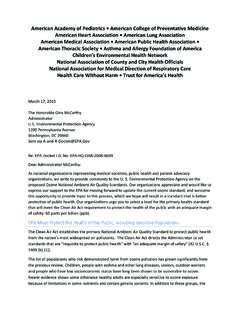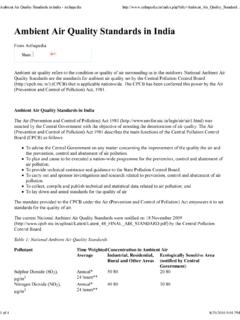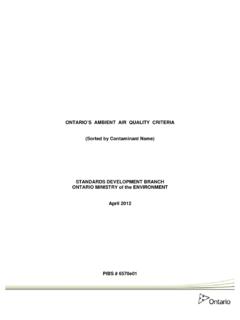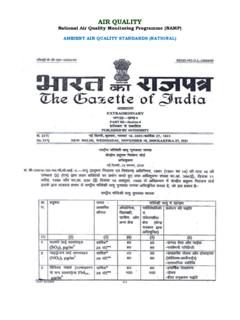Transcription of Nevada Air Quality Designations - EPA Archives
1 Nevada Air Quality Designations Boundary Recommendations for the 8-Hour Ozone NAAQS for Clark County, Nevada Prepared by Clark County Department of Air Quality and Environmental Management (DAQEM) Las Vegas, Nevada With Assistance from David DuBois and John Watson Desert Research Institute Las Vegas, Nevada With Technical Contributions from Jin Xu, Mark Green, and Eric Fujita July, 2004 i Table of Contents Section Page 1. 2. Background ..3 3. Information Census Data ..5 EPA National Emissions Inventory ..7 Land Use and Topography ..9 Hydrographic Areas ..11 Roadways and Traffic ..12 Clark County Air Quality Surface Upper Air 4.
2 Boundary Criteria Emissions and Air Quality in Adjacent Areas ..20 Population Density and Degree of Urbanization ..25 Air Quality Monitoring Data ..27 Location of Emission Sources ..34 Traffic and Commuting Expected Growth ..40 Meteorology ..40 Geography and Topography ..60 Jurisdictional Level of Control of Emission Sources ..61 Regional Emission Reductions ..61 5. Conclusions and Recommendations ..63 Recommended 8-Hour Ozone NAAQS Nonattainment Boundary ..63 6. Page 1 of 67 1. INTRODUCTION On April 12, 2004, the State of Nevada sent the Regional Administrator for the EPA Region IX a letter recommending that Clark County be designated as a nonattainment area for the 8-Hour Ozone National ambient Air Quality Standards (NAAQS).
3 Nevada s original recommendation of July 10, 2003 concluded that all areas of the State should be designated as either unclassifiable or attainment. In a letter of December 3, 2003, the Regional Administrator agreed with the recommendation, but asked that the State expedite submittal of the 2003 ozone monitoring data so that the final designation would accurately reflect the State s air Quality . Ordinarily, annual ozone data need not be certified for use until July 1 of the following year, but in order to comply with Region IX s expedited submission request, data were submitted to the EPA on March 4, 2004 and on March 16, 2004. On March 17, 2004, less than a month from EPA s April 15, 2004 designation deadline, the State was notified of the agency s decision to designate Nye and Clark Counties as ozone nonattainment areas.
4 Three weeks prior to the designation, the State conducted an 11-factor boundary analysis for Nye County in accordance with EPA s March 28, 2000 guidance document (Seitz 2000) for ozone boundary Designations . However, because of the short timeframe Clark County was excluded from the State s analysis, which necessitates Clark County s analysis. In the preamble to the final Designations , EPA notes that counties in the West can be extremely large leading to different air Quality in different parts of the county; .. 69 Fed. Reg. at 23861. As part of the State s recommendation, the State pointed out that Clark County s nonattainment problem appeared to be restricted to the urban core within the city of Las Vegas, in the center of the Las Vegas valley, in the center of Clark County. The DAQEM contracted with the Desert Research Institute (DRI) to assist with this 11-factor analysis so that the nonattainment boundary would be based on the best available technical analysis.
5 This analysis was conducted in accordance with the Seitz 2000 guidance document, which constitutes the contents of this document. On March 28, 2000, The EPA issued guidance for the states to use as they developed their recommendations Boundary Guidance on Air Quality Designations for the 8-Hour Ozone National ambient Air Quality Standards . In addition, Section 107(d)1(A)(i) of the Clean Air Act (CAA) defines a nonattainment area as .. any area that does not meet (or that contributes to ambient air Quality in a nearby area that does not meet) the national primary or secondary ambient air Quality standard for the The March 28, 2000, guidance stated metropolitan statistical areas (MSAs) would be the presumptive default nonattainment areas. The Bureau of the Census defines MSAs. The Las Vegas MSA covers the counties of Clark and Nye in Nevada and Mojave County in Arizona.
6 In order to avoid the default, a state must address the following eleven criteria listed in the guidance: 1. Emissions and air Quality in adjacent areas (including adjacent C/MSAs), 2. Population density and degree of urbanization including commercial development Page 2 of 67 (significant difference from surrounding areas), 3. Monitoring data representing ozone concentrations in local areas and larger areas (urban or regional scale), 4. Location of emission sources (emission sources and nearby receptors should generally be included in the same nonattainment area), 5. Traffic and commuting patterns, 6. Expected growth (including extent, pattern and rate of growth), 7. Meteorology (weather/transport patterns), 8. Geography/topography (mountain ranges or other air basin boundaries), 9. Jurisdictional boundaries ( , counties, air districts, existing 1-hour nonattainment areas, Reservations, etc.)
7 , 10. Level of control of emission sources; and 11. Regional emission reductions ( , NOx SIP call or other enforceable regional strategies). The State of Nevada and Clark County provide the rationale for establishing the nonattainment boundary designation in the following sections of this report. Page 3 of 67 2. BACKGROUND Clark County is 8,091 square miles in land area. This is larger than the states of Connecticut (4,845 square miles), and Delaware (1,954 square miles). Las Vegas Valley metropolitan area contains more than 95% of Clark County s population and occupies approximately 5% of the total county area. For the 2001 through 2003 monitoring period, ambient Ozone (O3) measurements in the Las Vegas area indicated nonattainment for the 8-Hour Ozone NAAQS of ppm ( EPA, 2004). In the Eastern , the EPA uses political boundaries such as counties to define nonattainment areas.
8 This method of classification is appropriate when the political units are relatively small, the terrain is flat, and population centers and emission sources are closely spaced. Moreover, Clark County is ten fold larger than many counties in the , yet most of its emissions and population are located in the Las Vegas Valley. Clark County includes large expanses of federally owned, undeveloped and non-developable desert, a small amount of agricultural development, and small isolated rural communities that are not significant sources of ozone precursors. The entire county is characterized by basin and range topography and the State has, since the inception of the CAA, been divided into hydrographic areas for air Quality management purposes. Numerous mountain ranges separate the Las Vegas Valley and its ozone producing sources from other hydrographic areas in Clark County.
9 Clark County air Quality monitoring data shows that the violation of the 8-hour ozone standard occurred within the Las Vegas Valley metropolitan area located in central Clark County. This area is the most heavily urbanized portion of Clark County and has most of the local sources of ozone precursors. Although biogenic emissions of ozone precursors are distributed throughout the county and other anthropogenic sources may be found in association with rural communities and industrial sources, these sources are considered insignificant when compared to the anthropogenic emissions from the Las Vegas Valley. Land ownership patterns greatly influence development patterns in Clark County. Only of Clark County is privately owned. Federal, State and Tribal lands create large, expansive barriers to contiguous expansion of the urbanized core beyond the current Southern Nevada Public Lands Management Act (SNPLMA) boundary.
10 In addition, the Multiple Species Habitat Conservation Plan Incidental Take Permit from the Fish and Wildlife Service (USFWS) limits private development in the entire county to 145,000 total acres. The geographical boundaries for the nonattainment area must be designated. In the Eastern , this is often done by using political boundaries such as counties. This is a EPA accepted practice when the political units are relatively small, the terrain is flat, and population centers and emission sources are closely spaced. As noted above, Clark County is larger than some states, with most of its emission sources and population located in the Las Vegas Valley, where the elevated O3 levels were measured. With concurrence of the EPA, the State uses hydrographic areas to define air Quality management areas for planning purposes.
